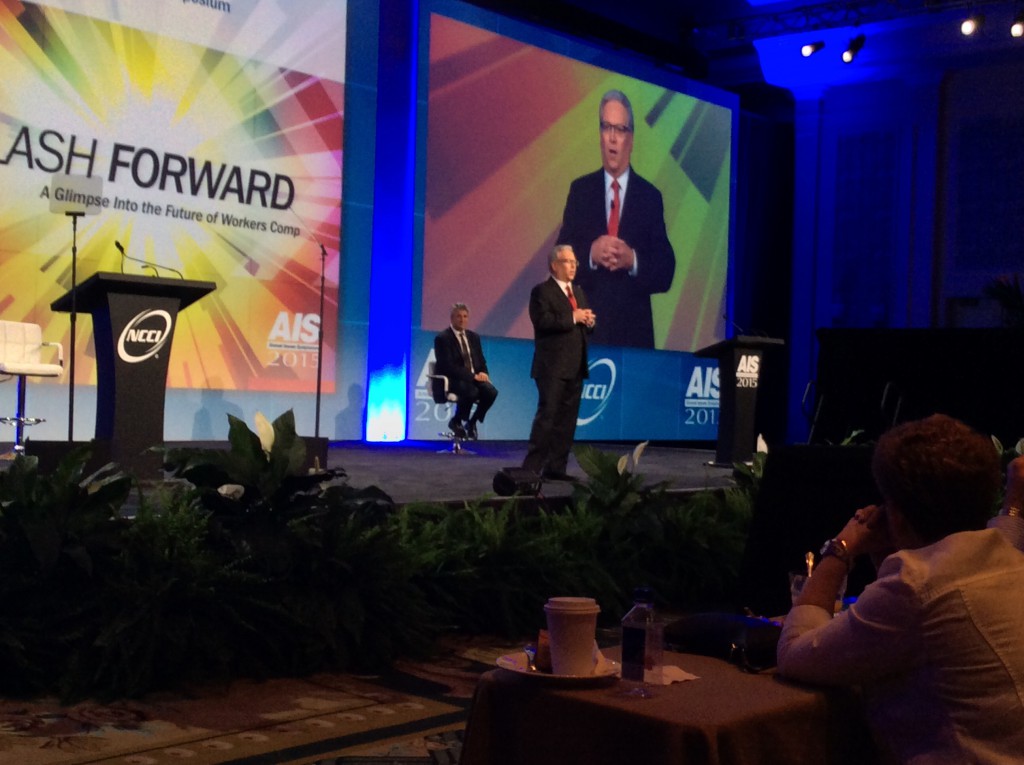WCRI and CWCI Studies on Medical Costs and Drivers
At the 2015 NCCI Annual Issues Symposium, Richard Victor, president and ceo of the Workers’ Compensation Research Institute (WCRI), and Alex Swedlow, president of the California Workers’ Compensation Institute (CWCI), presented insights from their research on medical cost drivers. Below are the highlights:
Physician Dispensing
- There are only 8 states that either prohibit or significantly restrict physician dispensing.
- Most state reforms on physician dispensing have focused on price limits versus restricting the practice itself.
- Even with these price-focused reforms, price-to-payers for physician dispensed medications is still over 30% higher.
- In unregulated states, costs of physician-dispensed medications is several times higher than the same drugs through retail pharmacy. Physicians are also dispensing over-the-counter medications at significantly higher-than-retail prices.
- In California, Illinois, Georgia, Connecticut, physician dispensing is still near or over 30% of total prescriptions – even after price-focused reforms.
- Physician dispensing is clearly about increased profits, not quality of patient care. There is no justification for the huge price gap between retail pharmacy and physician-dispensed medications.
- Data shows physician dispensing increases strong opioid use. There was a drop in strong opioid prescriptions seen after reforms restricting or limiting physician dispensing were established. If these medications were necessary, patients will still get them from retail pharmacy.
- After pricing reforms, physicians started dispensing new strength of drugs that were not regulated in the pricing reforms. The physician dispensers exploited this loophole.
- Studies have shown that patients who receive physician-dispensed medications do not have better medical outcomes. Such cases are associated with longer periods of disability and higher medical costs.
Medical Cost Controls in California
- California implemented fee schedule changes in 2004 and 2013 and implemented Chronic Pain Management guidelines in 2009 to address growing pharmacy costs.
- In spite of these reforms, pharmacy spending in California continues to increase at significant rates.
- Pharmacy now constitutes over 13% of total workers’ compensation medical costs in the state.
- 45% of all utilization review and independent medical review (IMR) decisions involve pharmacy.
- Approximately 29% of the pharmacy spend in California is opioids, and that number has held steady for several years.
- Medical cost containment charges are around 14% of the total medical spend. About half of this is for utilization review and IMR with most of the rest being bill review charges.
- Even with all the legislative reforms and the new IMR program, California currently has the most expensive workers’ compensation system in the nation based on the Oregon study on rates.
- The volume of requests for IMR was many times larger than what was anticipated when the law was written. If you look at Texas that has a similar process, California had 27 times the number of IMR requests in a state that is about three times bigger.
- Almost 95% of all requested care is ultimately provided to the injured worker. Most of this is authorized before the IMR process.
- The volume of IMR challenges out of the Los Angeles area are 50% higher than the rest of the state.
- There is a small group of physicians driving most of the IMR activity. The top 10% of physicians generated 83% of the IMR requests. The top 10 providers, alone, were responsible for 11% of the IMR requests.


